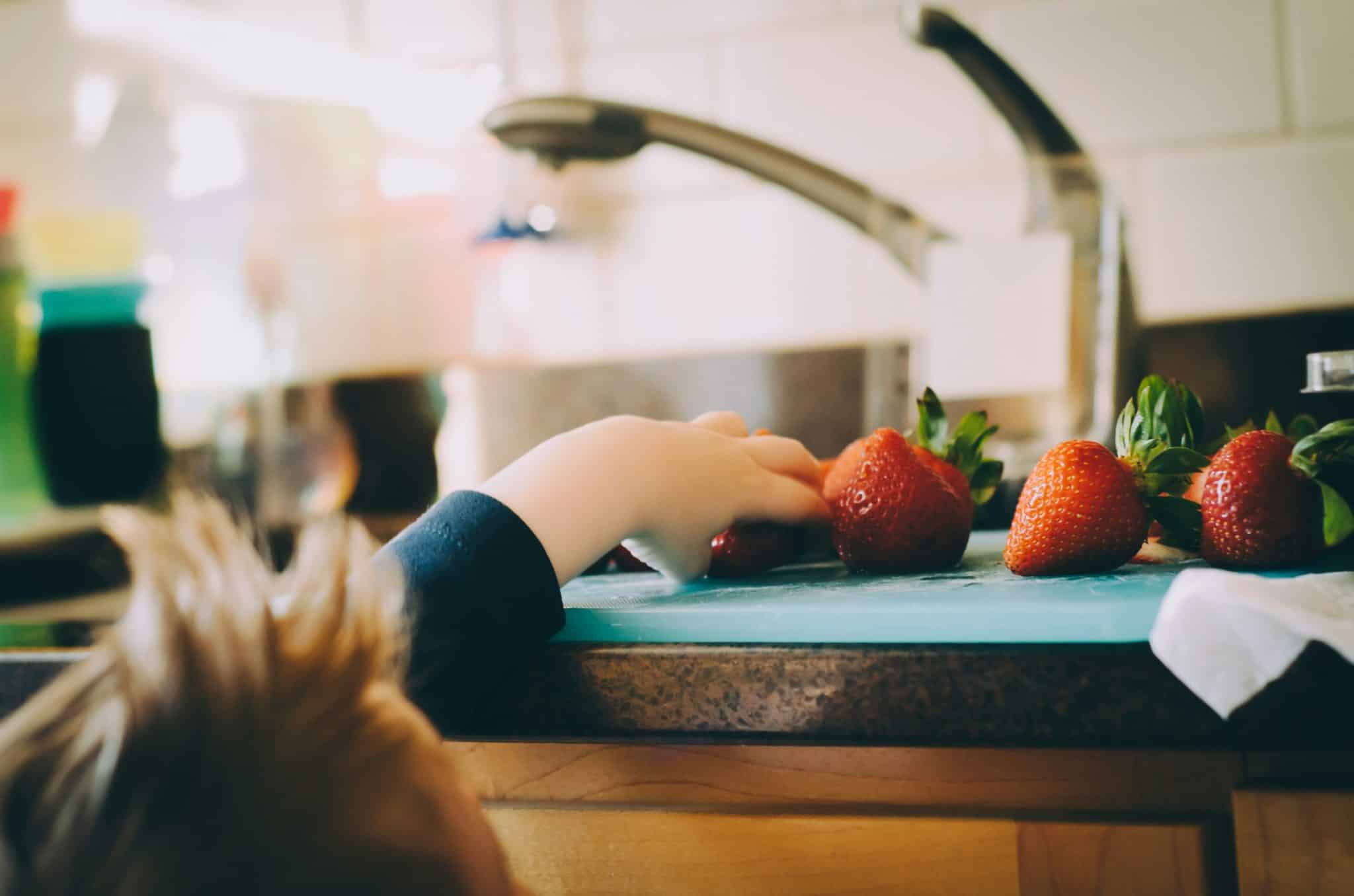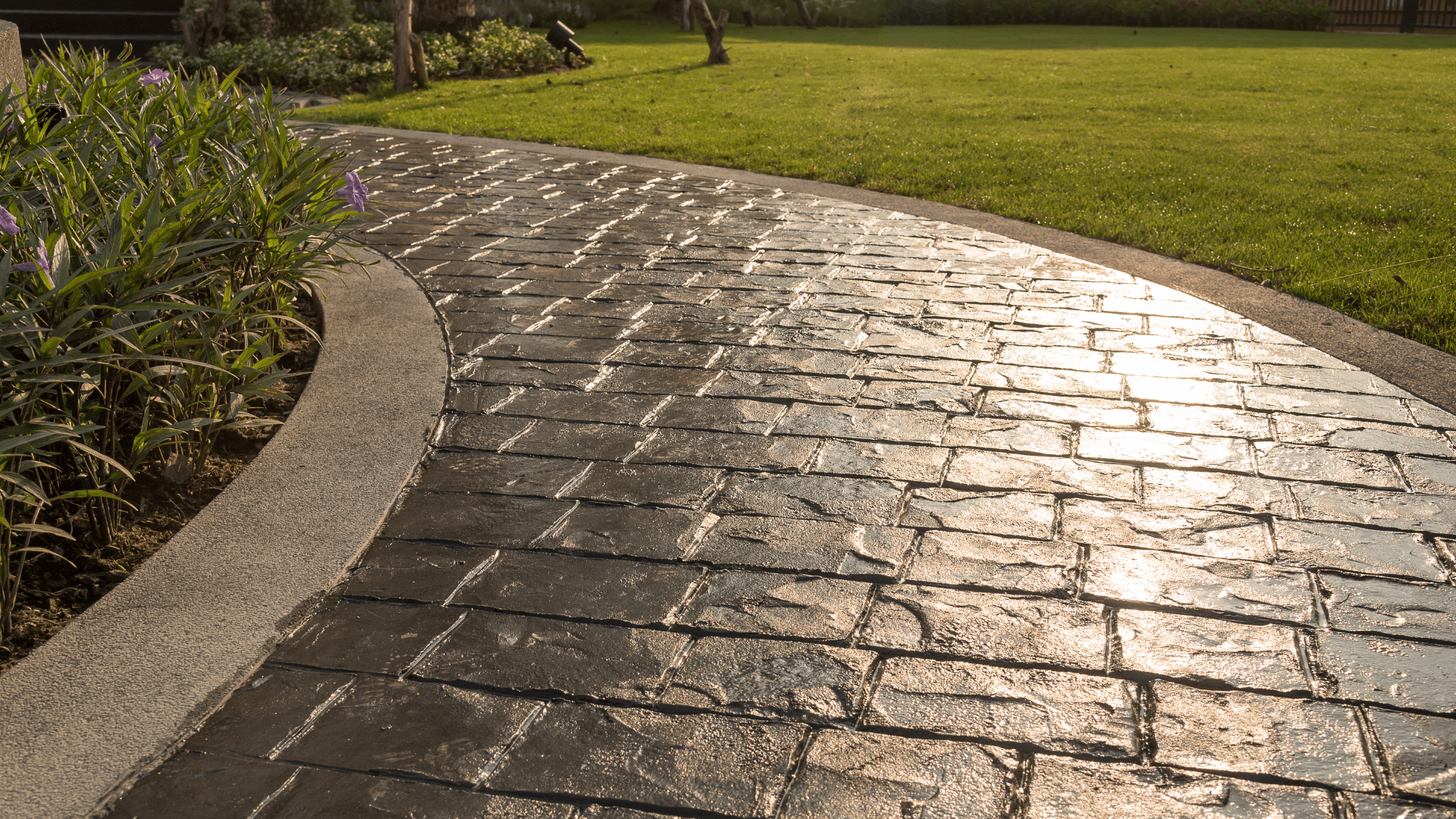Childproofing Your Home: A Guide
One challenge new parents face is how to make their home safe for their new child. There are many potential hazards that can go overlooked as we’re used to seeing the world through an adult’s eyes.
Thankfully, childproofing your home is much more straightforward than many of the other things you need to do when becoming a parent. In this guide, we’ll detail some practical tips and tricks to create a secure environment for children in the home.
Repairing and Securing Fragile Items
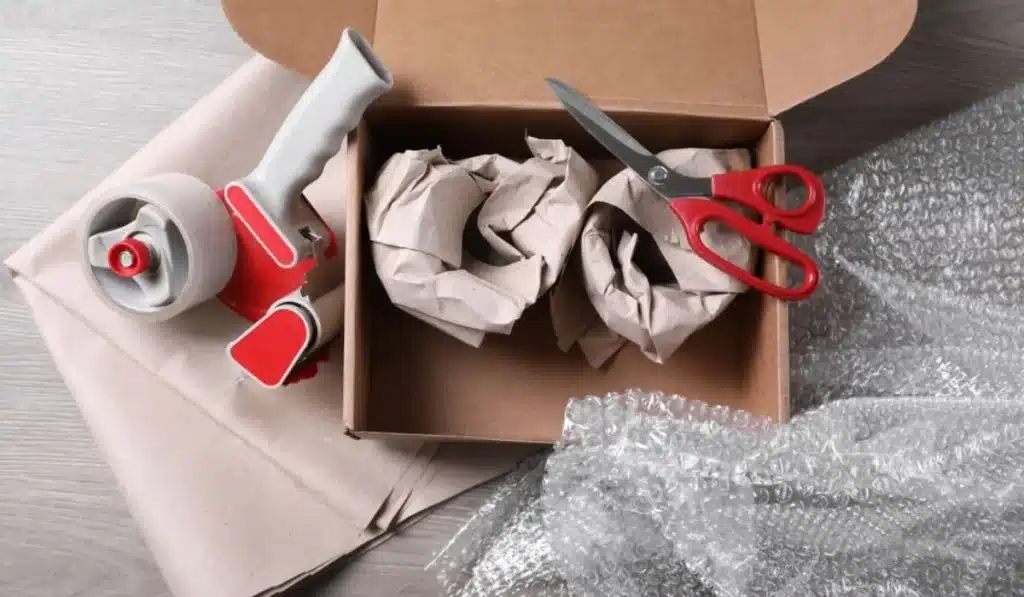
As any new parent will soon learn, objects getting broken is far more likely and common when small children are around. Whether they’re expensive electronics or treasured family heirlooms with sentimental value, you want to protect your valuables from damage.
Children are not only more likely to damage household items, but they’re also more likely to come to harm as a result. Broken items can have dangerous sharp edges or fragments, so you should repair any broken items as quickly as possible.
Items made of fragile materials like glass or porcelain are a particular risk. Thankfully, products like glass glue and porcelain glue can fix broken crockery, lamps, or other items. Masking tape, when used alongside these glues, can hold the broken pieces together in place while the glue dries.
If you don’t have the right products to fix damage, store the broken items securely away from your children until you do. If you do have glass or porcelain glue, you can even be proactive and use it as a coating to reinforce fragile items in your home, preventing accidents and potential injuries from happening in the first place.
Installing Safety Gates
You’re probably familiar with safety gates — you might even remember encountering them in your own early childhood. These gates are designed to prevent children from accessing unsafe areas of the home or falling from heights.
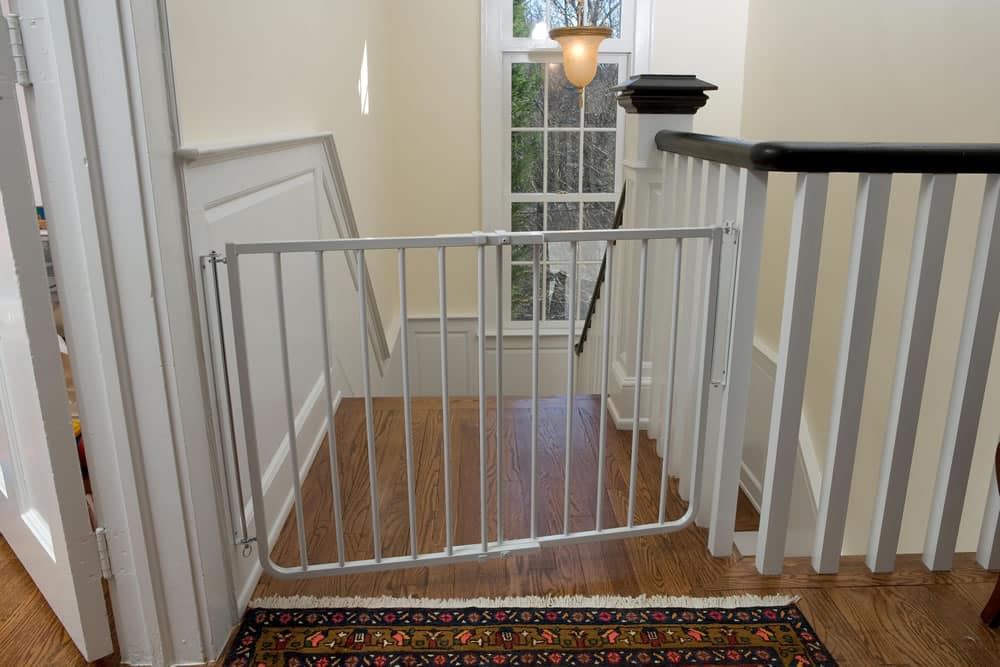
Safety gates come in various types, but the swinging stair gate is probably the most familiar. This is a simple gate that can be locked shut and is used to stop children from accessing staircases that they may fall down. These are essential in any home with small children, and it’s also important to remember to install them at both the top and bottom of any staircase in the home.
Window gates and fireplace gates can also be a good idea, depending on the layout of your home. If you’re visiting someone else’s home with your child, you can even get portable safety gates that you can take with you.
Anchoring Furniture and Decor
Tall items like wardrobes, cabinets, bookshelves, floor vases, and sculptures can pose a tipping hazard to young children. Swedish furniture giant IKEA even had to recall many products after numerous fatal accidents. Thankfully, you can prevent large items of furniture from tipping over by anchoring them securely to walls.
Some pieces of furniture come with screws or other pieces designed to facilitate attachment to walls. Even if an item lacks this, you may be able to use straps to anchor it to a wall or other sturdy part of your home’s structure.
Locking Doors and Drawers
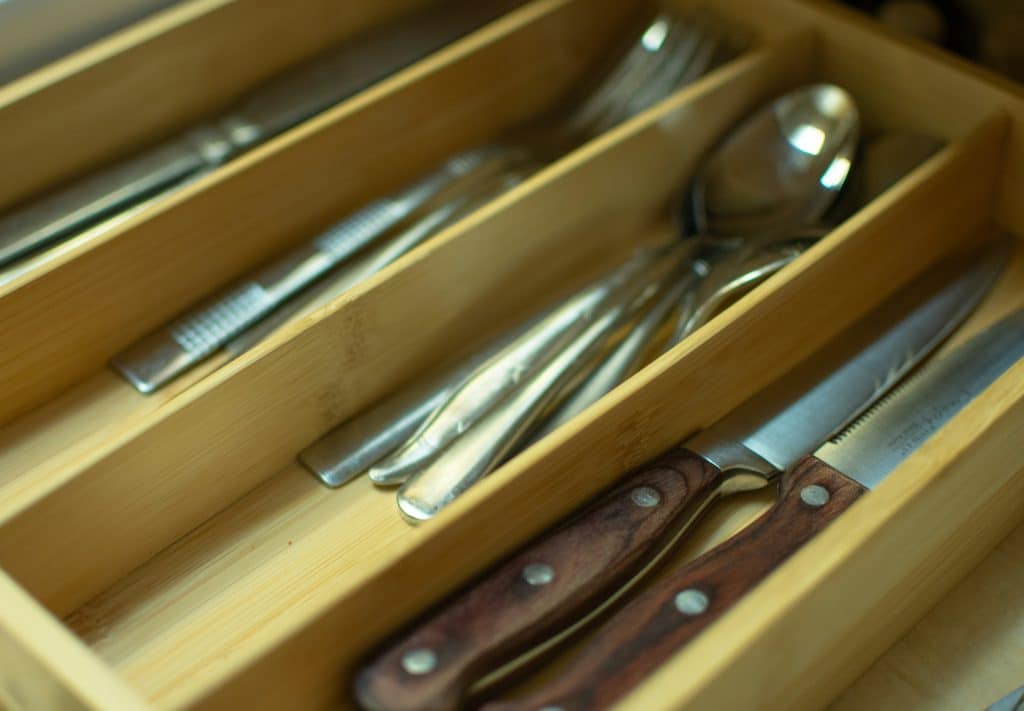
You probably won’t be able to remove every single unsafe item from your home — you’ll most likely end up simply storing many items in places away from your children. If this is the case, it’s vital to make sure they really cannot access them. For example, if a room contains dangerous items, install locks on the door to that room.
The same goes for cabinets and drawers. Some cabinets have built-in locks, while others you can secure by buying an interior or external lock. While external locks are usually easier to install, it can be easy to forget to reattach them after each use.
If you don’t want to add locks to your doors, you may be able to use door knob covers. These are easy to place on door knobs, and stop smaller children from gripping and opening doors or drawers.
Addressing Fire, Heating, and Electrical Hazards
To reduce risks from fire, heat, and electricity, there are some simple steps you can take. Lower the temperature of your hot water heater so that children cannot be burned by hot water from taps or the shower. Avoid using burners at the front of the stove if possible, or use a stove guard to prevent children from touching it.
Electrical sockets can pose significant risk of electrocution if children insert items into them — prevent this by installing protective covers on all electrical outlets in your home. To avoid dangers from fire, smoke, or gases, install a smoke detector on each floor of your house, as well as a carbon monoxide detector. Remember to regularly check and replace the batteries for these!
Other Tips
There are a few other simple tricks to increasing the safety of your home. If any furniture has sharp corners, add protective covers to these. If you use window blind cords, use cord stops or safety tassels to prevent the risk of strangulation. Finally, pay attention to smaller, non-furniture items in your home. For example, small items like toy cars or marbles can cause slipping and falling if they’re left on the floor, and can also be choking hazards. Plastic bags also carry a risk of suffocation. Regularly check each room of your home to make sure these kinds of items aren’t left out.
Creating a Safe, Secure Environment for Your Family
By taking proactive steps to childproof your home, you can create a safe environment for your children to explore and play. However, it’s impossible to eliminate all risks 100%. This is why it’s important that, alongside taking steps to childproof your home, you also educate your children on hazards and how to avoid them.

